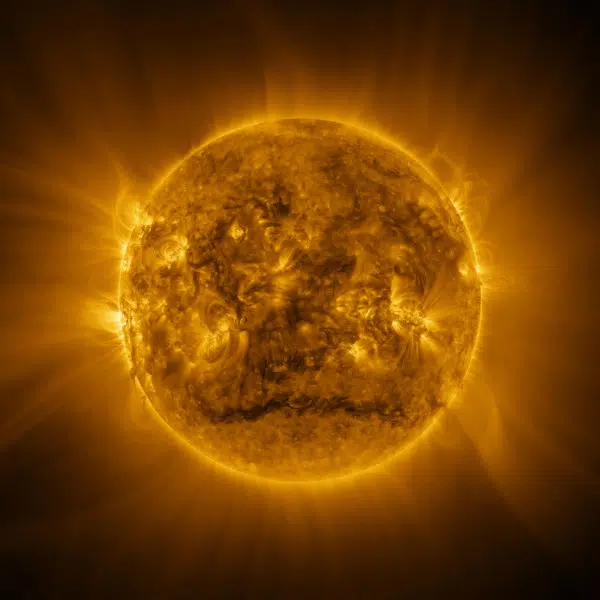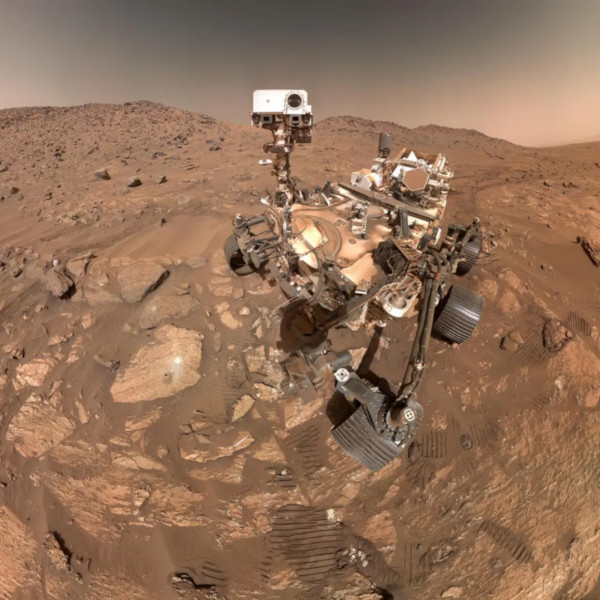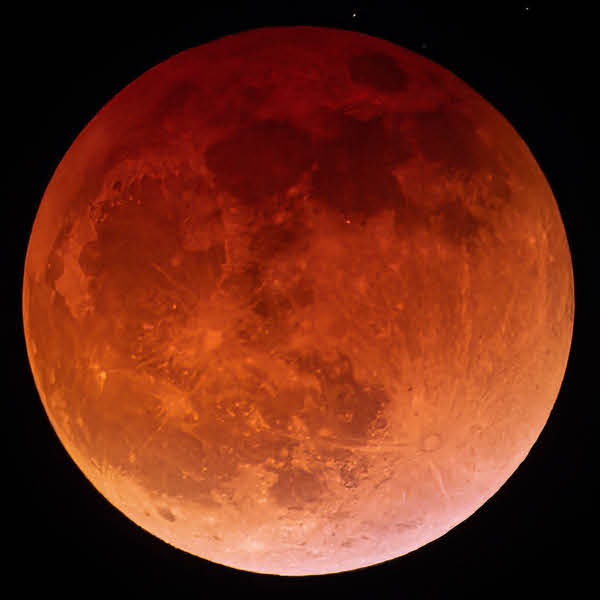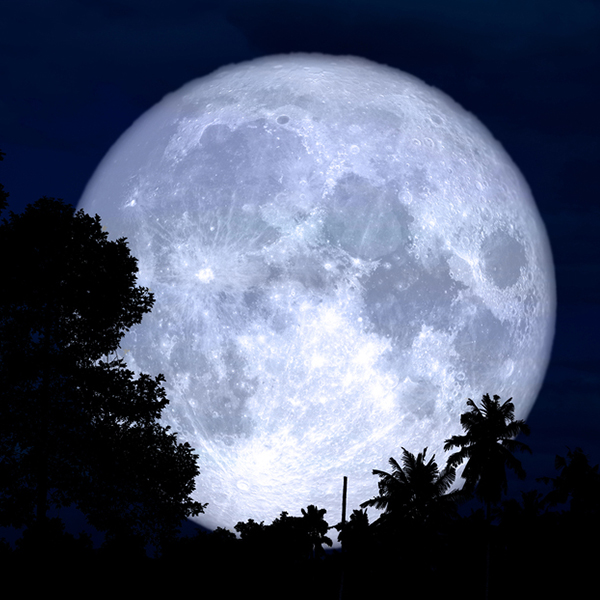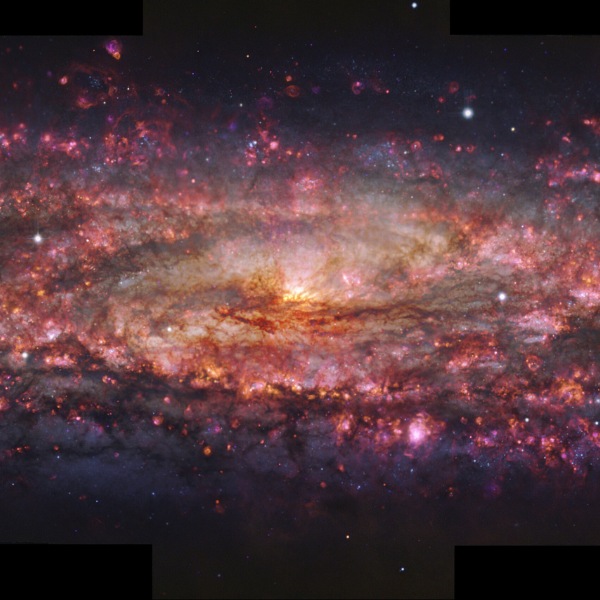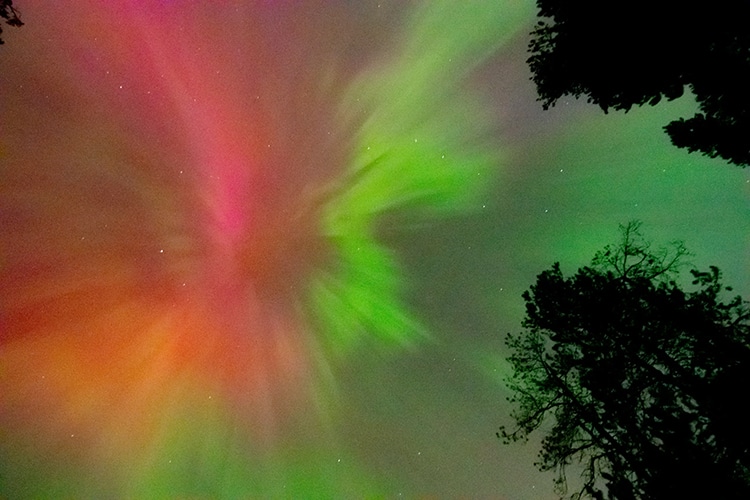
An aurora over British Columbia, May 10, 2024. (Photo: NASA/Mara Johnson-Groh)
In early May 2024, Americans as far south as Florida were able to catch glimpses of a rare phenomenon, usually seen only in more northern regions: the Northern Lights. These beautiful spectral colors which dance through the sky are the result of solar storms on our Sun. When the energy and particles produced by these solar disruptions reach Earth's magnetic field, it reacts with the gasses in our atmosphere to produce the beautiful colors seen in the sky. Check out the celestial events captured from around the world, because according to NASA these auroras may be the strongest seen on Earth in five centuries.
From May 3 to May 9, 2024, NASA’s Solar Dynamics Observatory tracked 82 notable solar flares. According to NASA, “A solar flare is an intense burst of radiation coming from the release of magnetic energy associated with sunspots.” These flares were largely produced by two sun spots known as AR 13663 and AR 13664. The flares continued, joined by coronal mass ejections (CMEs) where the sun shoots out plasma and magnetic fields. These disturbances, the first G5 level geomagnetic storm recorded since 2003, hurtled through space to Earth. “The CMEs all arrived largely at once, and the conditions were just right to create a really historic storm,” announced Elizabeth MacDonald of NASA in a statement.
As the disturbances reached Earth's atmosphere, the record storms created impressive auroras which were visible as low 26 degrees magnetic latitude. People in northern India and even Florida were able to see the dancing lights. The public can report their sightings, and help NASA scientists, online. While there have not always been modern scientific ways to measure solar storms and resulting auroras, records of human observance can be used to compare how far south lights were visible. By both measures, it seems the solar storms of early May 2024, which peaked for human observers on May 10, were some of the largest in centuries.
Solar storms in the early days of May 2024 produced stunning auroras that reached levels likely unseen for the past five centuries.
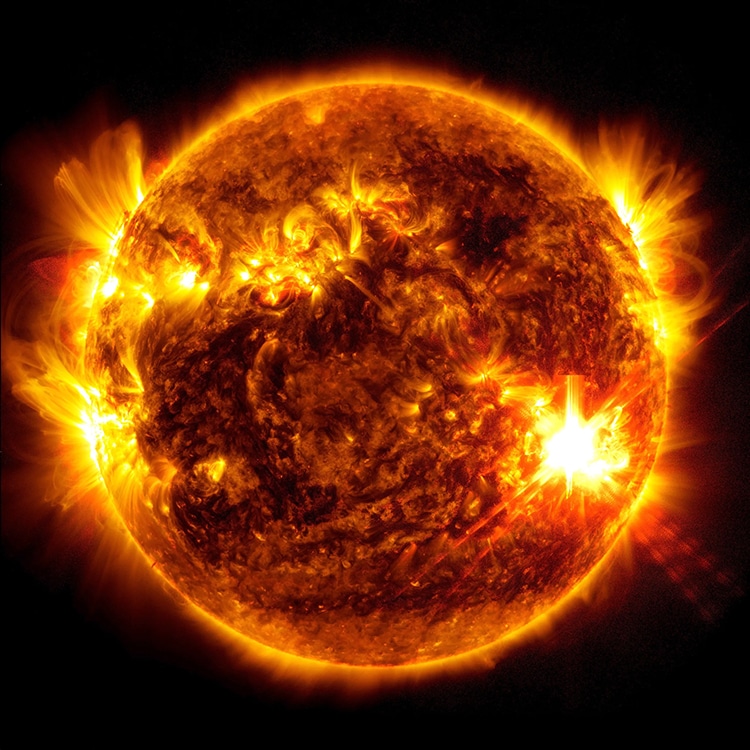
The massive May 10, 2024 solar flare. (Photo: NASA SDO)
Related Articles:
NASA Space Telescope Discovers Its First Starless Rogue Planet
Ed Dwight, America’s First Black Astronaut Candidate, Finally Makes It to Space at Age 90
Unexpected Meteor Lights Up the Sky in Portugal and Spain
NASA Shows What It Looks Like to Fly into and Around a Black Hole














































































